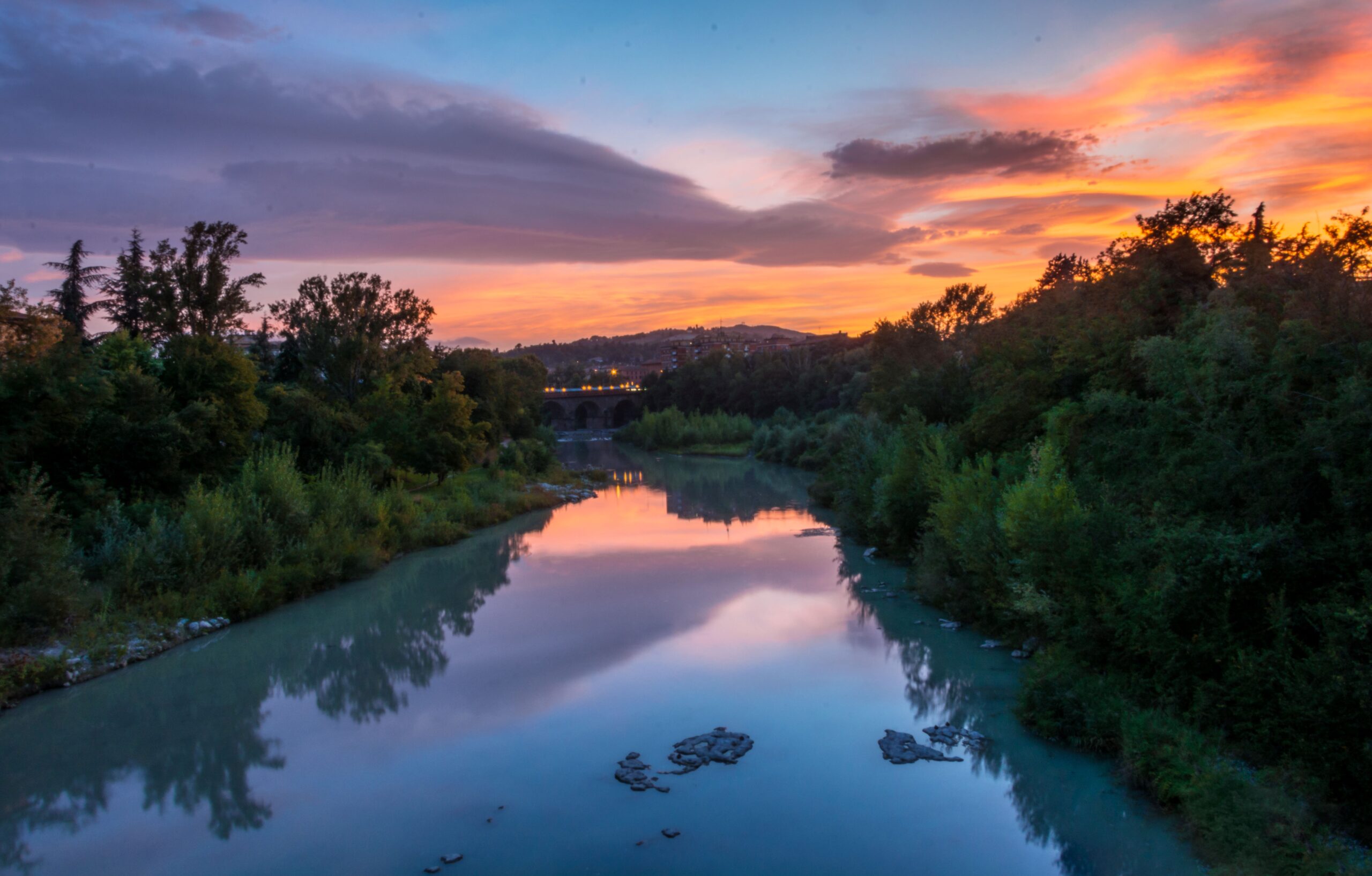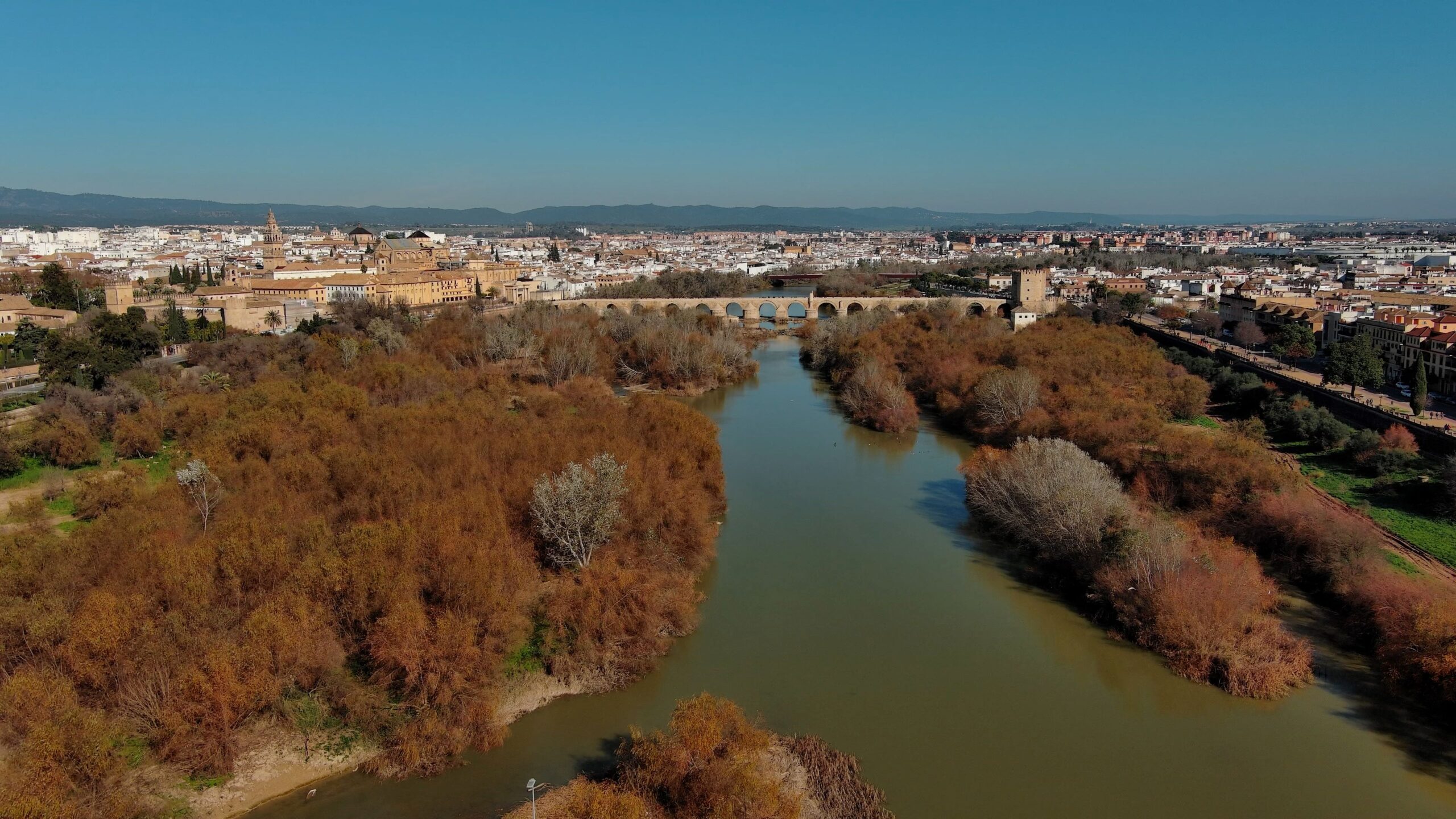Tiber Creek Washington DC. It sounds almost fictional today. But in the 18th and 19th centuries, this waterway shaped what later became the Federal City. It isn’t visible now — not directly — but its legacy persists beneath the surface of neighborhoods like Park View. Some locals still talk about flooding patterns that seem odd, runoff that refuses to follow the grid. It’s a historical ghost with physical consequences. And like many parts of early D.C. infrastructure, it wasn’t erased. Just buried.
Much of the historical detail in this overview draws on archival materials originally curated by Kent C. Boese and published on ParkViewDC.com, a respected local history blog.
Early Course and Geographic Relevance
Tiber Creek began as a natural tributary, flowing south from the area near present-day Park View, cutting across what is now central Washington. On early maps, it appeared under various names, including Goose Creek. Its mouth met the Potomac River near today’s Constitution Avenue.
By the early 1800s, the U.S. government diverted parts of the creek into a canal system — an effort to control commerce and drainage. The Washington City Canal, built in 1815, followed its path. But frequent silting and stagnation turned the canal into a civic liability rather than an asset. In 1871, a city engineer described it as “a sanitary challenge and a political embarrassment.”
By the late 19th century, much of the creek was enclosed and rerouted underground. A clear decision — but not without tradeoffs. The natural flow had been disrupted, but the terrain remembered.
Impacts on Development and Urban Planning
Urban development in Park View never formally acknowledged the creek’s path. Yet builders and planners encountered the consequences. Basement flooding in the early 20th century was one of the first hints. During early weekdays, city engineers often reported water pooling along what had once been the creek’s path — especially after heavy rainfall.
A 1923 municipal survey noted increased moisture content in soil samples taken from streets now part of the Ward 1 residential corridor. That’s part of it. But not everything. Even stormwater drains today occasionally overwhelm in areas believed to lie atop former branches of Tiber Creek. The city’s storm infrastructure simply wasn’t built to absorb a forgotten river.
Additional anecdotal evidence came in the form of cracked pavements, uneven foundations, and the periodic smell of algae from storm drains — indicators that the soil beneath wasn’t fully settled. It seemed stable — until it wasn’t.
The Park View Layer
In Park View specifically, the ghost of Tiber Creek shows up in subtle ways. Property records from 1915 include notations of “water-table adjustments” in construction permits. The Twin Oaks area experienced above-average runoff, noted in a 1932 gardening co-op report. Quietly — but clearly — nature asserted itself.
As D.C. expanded in the mid-20th century, the former creek’s path was paved over, built upon, and reimagined. But water finds a way. After the 1967 flood event in the Park View vicinity, planners acknowledged the hydrological fault lines once again — if only in internal memos.
This hydrological inheritance affects how Park View evolves. Developers in the 21st century have to reckon with permeable surface requirements, and planners map infrastructure against topography they thought was flat — but isn’t. Not exponential — but steady.
And while today’s zoning boards rarely mention Tiber Creek by name, geotechnical reports often whisper its presence in terms like “subsurface instability” or “unusual aquifer behavior.” The language changes — but the ground stays wet.
What Remains Beneath
Tiber Creek remains absent from most modern maps. Yet its effects continue — on zoning, drainage, and even housing design. Park View’s terrain is not just shaped by human decision, but by water that once defined it. The story of Tiber Creek is not myth or legend. It is geology, policy, and forgotten engineering — underfoot, unresolved, and unacknowledged.
